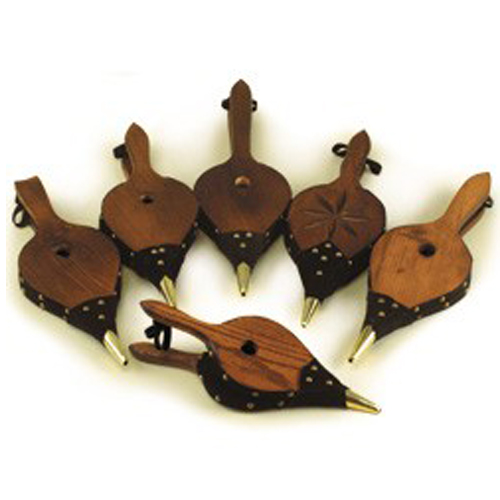Advantages of Fireplace Bellows
Tired of getting down on your knees, putting your face near your fireplace fire, and huffing and puffing to tend to your fire? At least as long ago as 930 B.C., fire bellows were used to solve those issues and provide a superior, mechanical replacement to blowing on a fire.
Any fire requires three essentials: combustible material, heat and oxygen. Fireplace bellows augment the oxygen supply by adding a focused airflow to your fireplace fire.
Tips for Using Bellows
- If you are having trouble getting your fire to catch initially, use your bellows gently. Aim the nozzle at the base of whatever kindling has glowing coals but no flame. The idea is to supply additional air flow without blowing out the beginning fire and to get the coals to transition to burning flame.
- If your established fire is flagging, it may be because it is not receiving enough oxygen. There are two ways to provide more air to the fire: Use your poker to rearrange your firewood to create a narrow channel through which air can rush, or use your bellows to provide supplemental air. On sections of fire logs where you have glowing areas without flames, direct the metal nozzle of your fireplace bellow at the base of those coals. Your goal is to transition those coals into flames.
- If you are having difficulty holding your fireplace bellows still and focused, you can brace the metal nozzle on the fireplace grate or a non-burning section of a nearby log.
Bellows Construction
Traditional, single-action piston fireplace bellows have
- carved, wooden sides and protruding handles;
- an expandable, accordion-style leather middle that creates an air chamber;
- and a brass valve nozzle.
As the handles are pulled away from each other, air is drawn into the chamber. As the handles are pushed together, the air is forced out through the nozzle.
Fireplace Bellows Selection Guide
Larger fireplace bellows do the job more quickly. The larger they are, the more air you propel per stroke. However, it is a generally good idea to match the size of your bellows to your fireplace: A huge bellows looks strange hanging by a very small fireplace, and a bellows that would be a good match for an average fireplace can look dwarfed by a very large fireplace.
Long-handled bellows provide additional pumping leverage.
If you plan to hang your bellows by the fireplace or woodstove, select ones with a leather loop on the end of the handles.
Solid wood bellows last for decades with minimal care. Those made with leather instead of non-leather air chambers usually outlast the less expensive ones.
Because fireplace bellows come in different wood finishes, you may wish to select ones that complement the wood of your fireplace mantel or the other wooden furniture or floors of the room.
Maintenance
Every few years, apply a leather conditioner to keep the leather supple and oil the wood to maintain it. Storing fireplace bellows away from the direct heat of a fireplace will extend their use.
